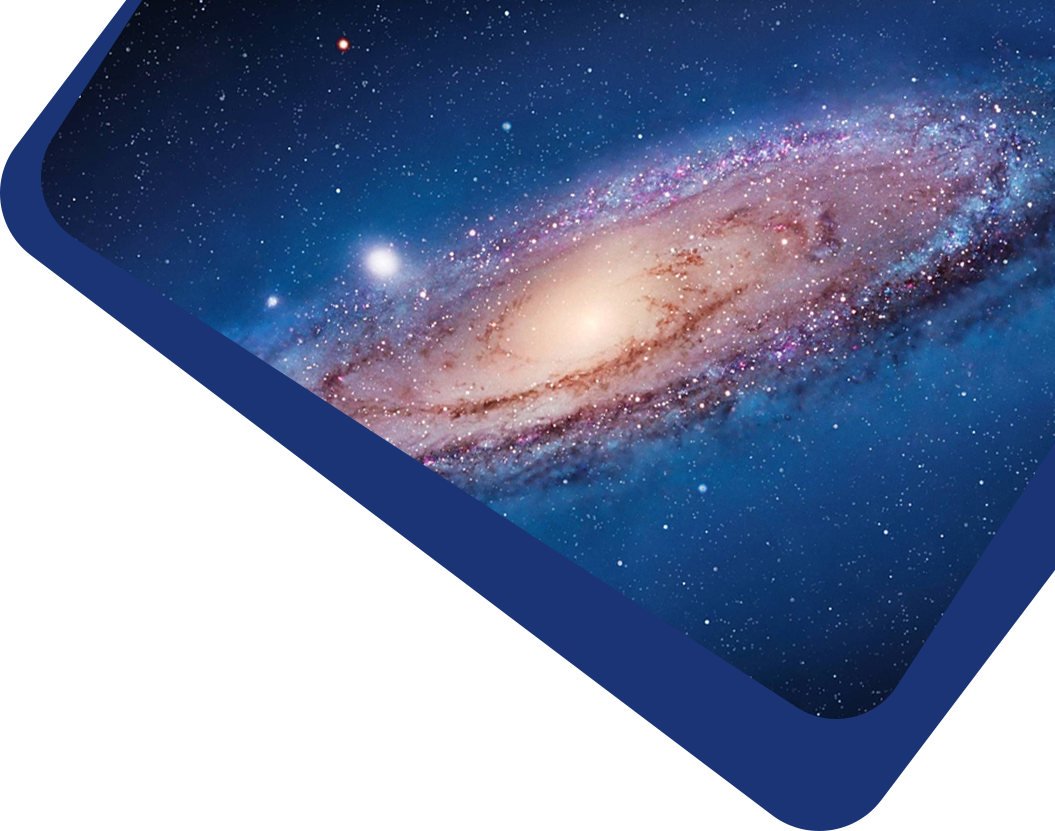

News and Views: The FAST Discovery of a Millisecond Pulsar M15O (PSR J2129+1210O) Hidden in the Harmonics of M15A (PSR J2129+1210A)
Posted: Jul 17, 2025
Author: Paulo C. C. Freire
Max-Planck-Institut für Radioastronomie, Auf dem Hügel 69, 53121, Bonn, Germany
Over the last few years, we have almost become accustomed to the many wonderful new pulsars discoveries coming from the FAST telescope. These have significantly increased the size of the known pulsar population and include many new unusual new classes of pulsars. The surveys in globular clusters have been especially notable with, for instance, the discovery of the most compact binary pulsar, or the discovery in the globular cluster M15 of a population of slow pulsars that we did not really believe could exist only a few years ago.
This work is about the discovery of PSR J2129+1210O, yet another of the many pulsars found with the FAST telescope in M15 (and for that reason known as M15O). This particular discovery is remarkable in two ways:
- The first one is that it is the pulsar that is located closest to the centre of this extremely dense globular cluster, where a massive object - an intermediate mass black hole (IMBH) - might potentially lurk. With masses of hundreds to a few thousand solar masses, IMBHs have long been a topic of debate among astronomers and astrophysicists, but despite this their existence has not yet been firmly established, although recent gravitational wave detections strongly point to that possibility. It has been long speculated that precisely such an object might exist in the core of M15. It is possible that, being so near to the centre of M15, this new pulsar might be feeling directly the pull from such an exotic black hole! Such a possibility is, of course, still a speculation, but it could happen that in the near future this new pulsar might provide us with the evidence we need to finally establish the existence of IMBHs. The early results, which show that the pulsar is indeed being pulled strongly by the gravitational field of an unknown nearby object, provide in this respect ground for some optimism.
- The second remarkable fact about this pulsar is that its discovery required dedicated and careful detective work. Its spin period is almost precisely 1/10 of the spin period of the brightest pulsar in this globular cluster, PSR J2129+1210A (a.k.a. M15A). The coincidence is so close that many astronomers would feel tempted to dismiss its signal as just another harmonic of the signal of the much brighter M15A. Yet, as described in the paper, this team did not dismiss it and demonstrated conclusively that it is a real signal, coming from a different neutron star, the 15th pulsar known in this cluster. And we’re all glad that they did this, because this could be the best probe to date of the existence of IMBHs!
This work shows very nicely how good science can emerge from patient, painstaking work by a dedicated and talented team - and a truly great telescope!
附件下载:
It accepts original submissions from all over the world and is internationally published and distributed by IOP